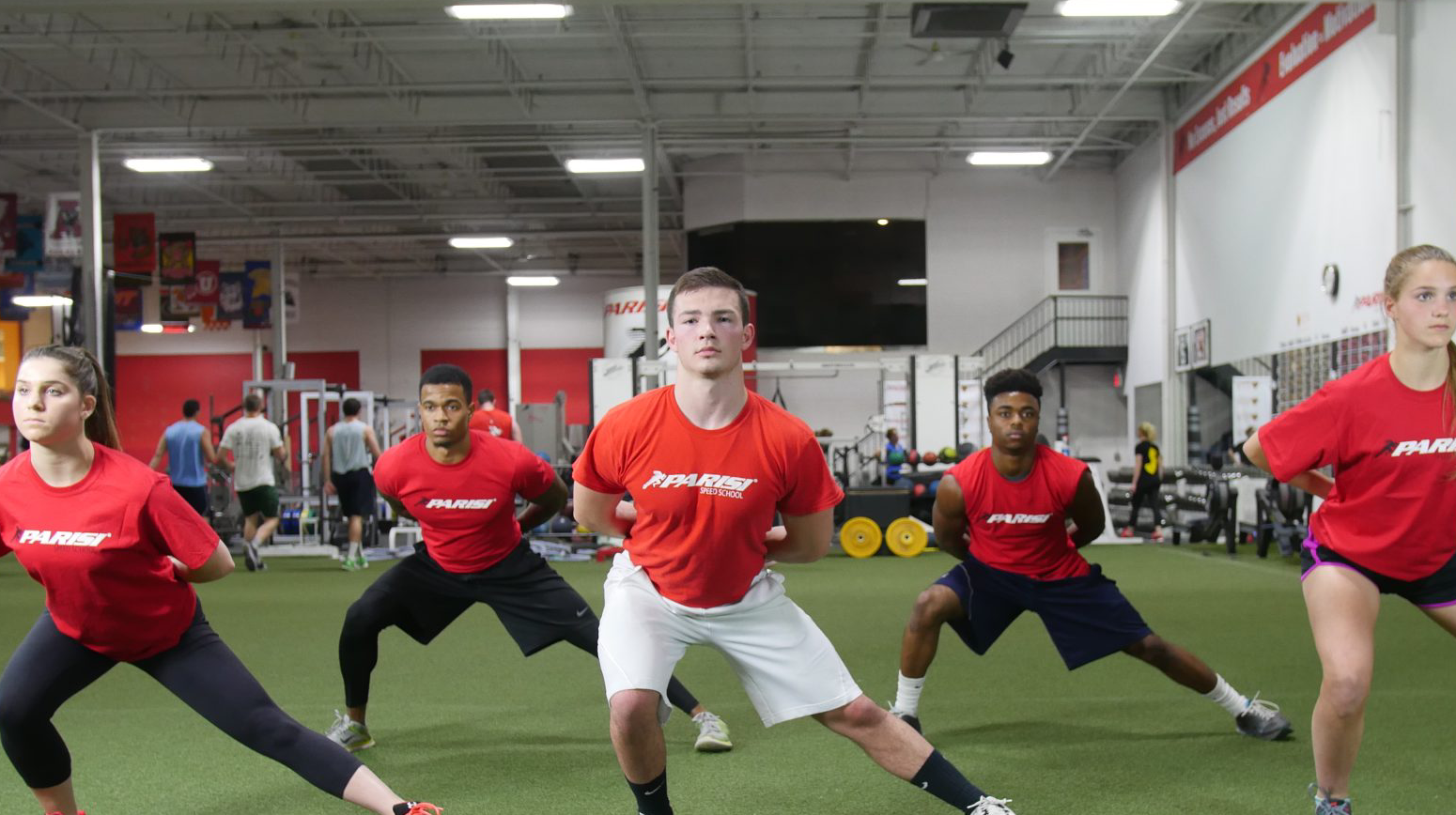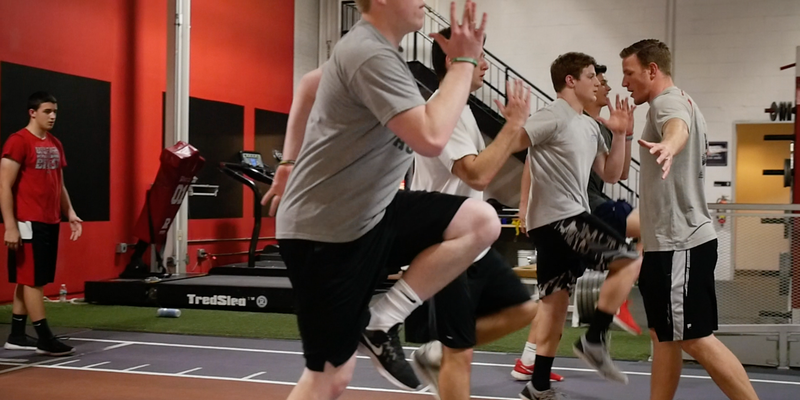When you cross a street, drive a car, operate a lawn mower, or climb a ladder, you are risking injury. It should be no surprise that participation in physical fitness programs are not without risks as well. Evidence suggests that the risk of injury increases for workouts conducted at intensities greater than 85 percent of maximal heart rate, durations longer than 40 minutes, and frequencies greater than four times per week. In addition, less fit people and older people are, not surprisingly, more susceptible to skeletal injuries than younger and more fit people. Activities such as running and exercising to music cause more muscle and skeletal trauma than riding a stationary cycle or swimming.
Furthermore, aerobic dance injuries occur to about 45 percent of students and 75 percent of instructors. The reality is, that more than likely all of us will participate in these sorts of activities when joining a gym or health club at one point or another. And this is not to scare you; this is to advise you to take certain precautions when embarking on a new fitness plan.
One of the most important things to do to minimize risk is to undergo a health screening before beginning an exercise program. The first way to “preventn” an injury, is to make sure that you are not going to exacerbate a pre-existing condition.
Another obvious injury prevention technique is to invest in good shoes! Even if you pay $80 or $90 dollars on shoes, you will save yourself much pain and money in medical bills.
It is also important to progress in an orderly fashion from low to moderate intensities and avoiding more uncontrolled activities until you achieve a solid fitness base. As a general rule, no one should start a running or jogging program until they can successfully walk three miles in under 45 minutes. After one is able to do this, sudden increases should be avoided: no more than 10 percent increases in running distance per week.
Everyone should utilize a good warm-up! Proper warm-up, which is longer for some individuals, could be walking at a moderate pace on a treadmill for 5 to 7 minutes. Most group fitness instructors include a 5-7 minute warm up, but if you know you need a longer warm-up, make sure to do so before hand!
While exercising, technique is of the utmost importance! When lifting, make sure you always have a wide base of support, with your knees slightly bent. As a general rule of thumb, you never want to lock your joints. Always maintain a slight bend. Furthermore, when doing squats make sure your knees do not go past your toes. Consult a personal trainer or other fitness professional for specifics. Don’t be afraid to ask someone to watch your form!
A sufficient warm-down, including a stretching regimen are also imperative! Listen to your body, pay attention to signals that you may be doing too much, and slow down if such signals appear. Resting should not be underestimated as well! Overtraining, or workouts without sufficient rest periods in between them, creates an imbalance between training and recovery. Clinical signs of overtraining include increased resting heart rate, inferior performance, increased irritability, disturbed sleep, loss of training and competitive desire.
Try to keep your kneecaps lifted throughout the day; this helps support your knees. To do this, stand tall with your feet parallel. Place a thick book or yoga block between your thighs and squeeze gently without locking you knees. Notice that this engages your thigh muscles, causing your kneecaps to rise slightly. This is “lifted kneecaps.”
Remember that any type of exercise cannot in isolation produce good health. Exercise is only one factor of many conducive to wellness, and must be combined with stress management, a low-fat diet, regular medical check ups and avoidance of smoking. And as always, moderate injuries (swelling, discoloration and joint tenderness) to severe injuries should be examined by a physician. Until you reach a physician remember the anachronism P.R.I.C.E.
Protect the body part from further damage, Rest the body part, Ice, Compression (bandages should be used to hold the ice bag in place, and after removing the ice around the affected body part), Elevate the injured part whenever possible.
Follow these guidelines and you will have a much better chance of avoiding any type of injury.


 Back To School – Monthly Promotion
Back To School – Monthly Promotion
[…] Parisi Feature Story: Injury Prevention Tips […]